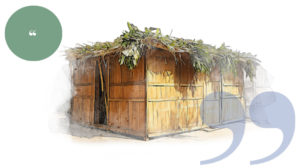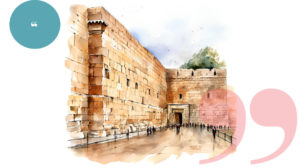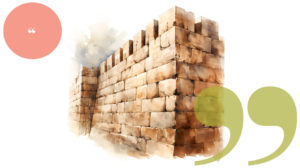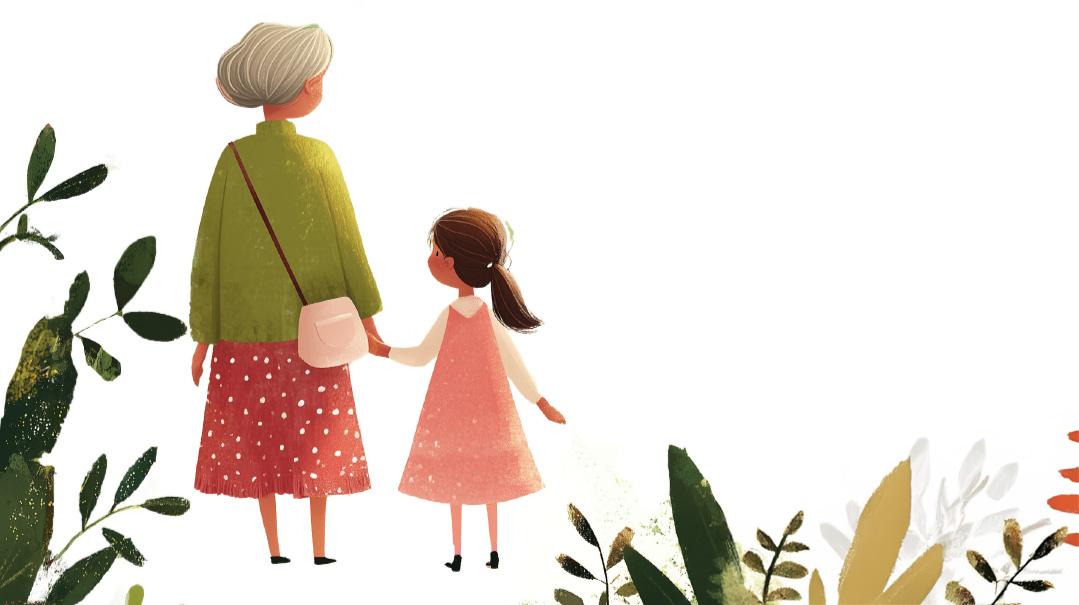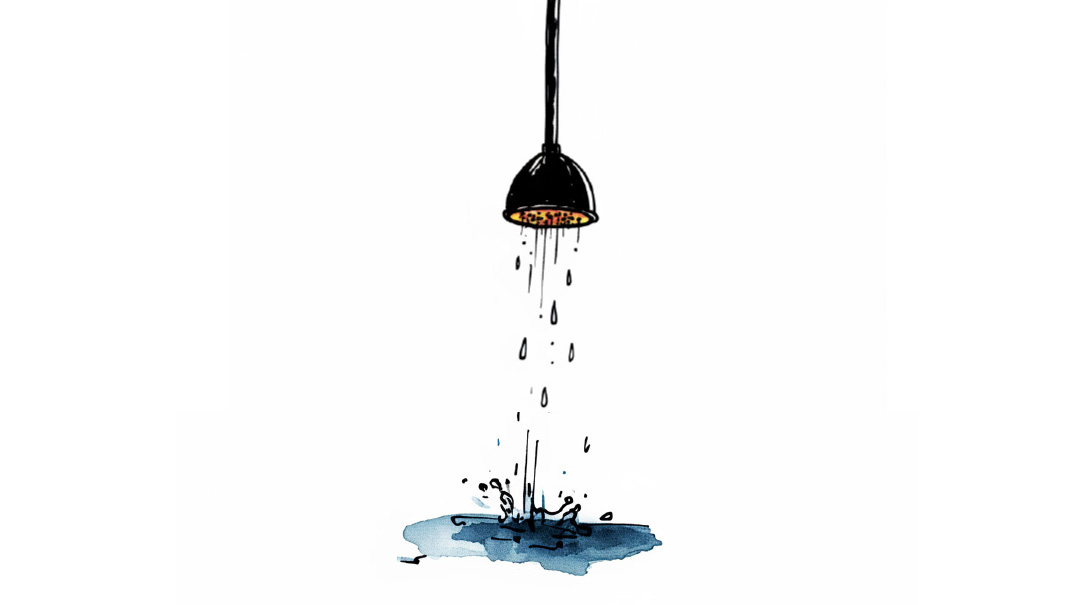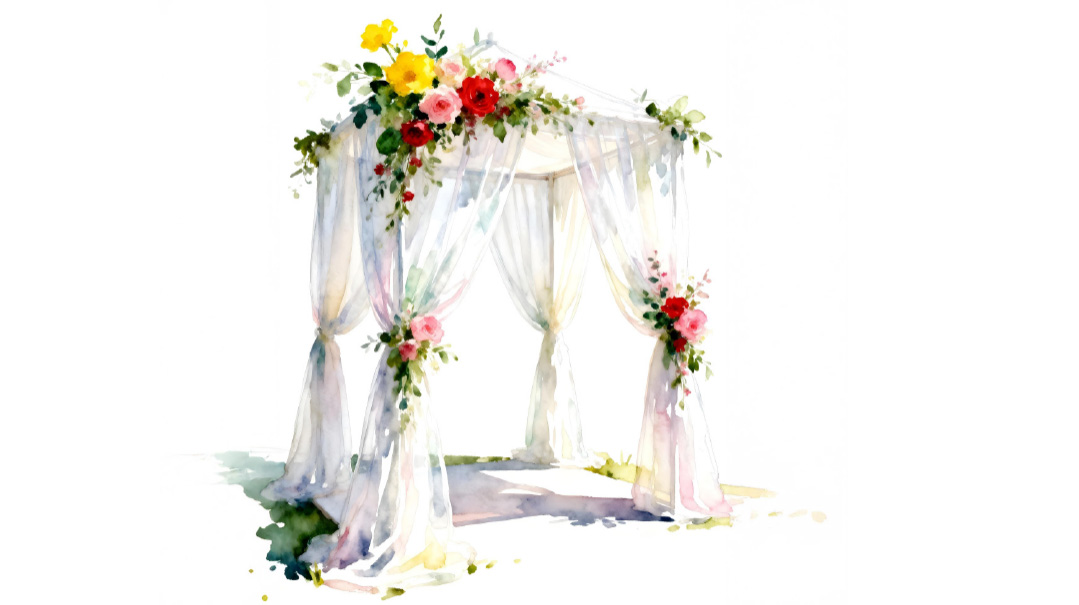Deep Pockets

It is from their pockets that I learn what they love, what they have eaten, how they have behaved in school, and just the little things that they hold dear.
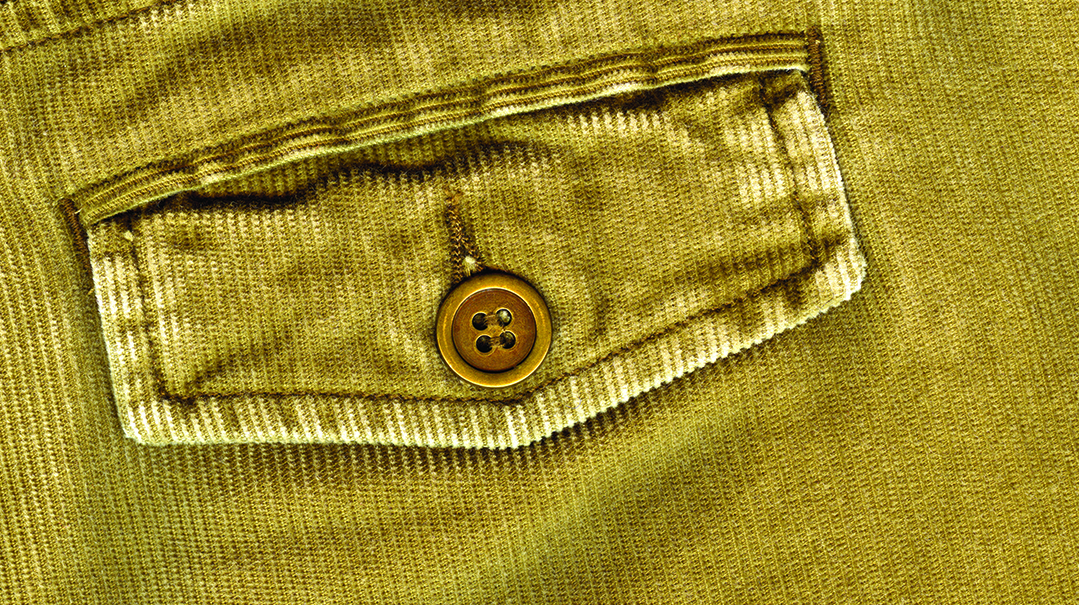
I did not know pockets would be a theme of my life. When I was a child, pockets were to be avoided at all costs. My fashion-savvy grandmother believed that pockets ruined the line of a skirt or dress, pulling down on the fabric.
However, there was some confusion and lack of consistency in my fashion education. My mother disregarded this rule. She only bought skirts with pockets. Every time she’d come home from a shopping trip she’d hold up a bag, triumphant. “Look I what I paid for this skirt! It was a bargain!” And we would say, “But Ma, what about the pockets? Does it have pockets?”
She would smile. “Of course, of course, what is a skirt without pockets?”
We would shake our heads. “We won’t tell Grandma on you!”
I understood why my mother loved pockets so much, enough to defy a fashion rule. She liked to have her keys and money close at hand, but more important, it was also an integral element of a popular ruse to deter would-be thieves.
We grew up in New York in the ’70s, when muggings were pretty frequent and credit card use was not. It was well-known trick to put the bulk of your money in your pockets. You carried a pocketbook, but it had only five dollars in it. If a mugger ran off with your pocketbook, it was only five dollars lost. If he threatened you, the five dollars could be handed over as an appeasement.
This was one of the many life lessons we learned and then dismissed, as even dutiful daughters do.
I married and moved out of town, and pockets became even less important to me. I did not give them a second thought. My new neighborhood is quite safe. Most people do not have house alarms and they leave their doors unlocked. Having plans in place to trick would-be thieves is a silly New York thing, laughable to out-of-towners. And as for fashion, let’s just say that my grandmother does not have any followers here. So I had no strong feeling for or against pockets.
But then I had three boys, and all of a sudden, pockets became important again. Boys always have pockets in their pants. And they use them all the time. They treat them as my mother does — it’s the place to keep what is valuable. And they’ve precious to me, too, for their pockets are a window to my boys’ world. When I ask them how their day was, they answer with a shrug and sometimes I even get a “good” or a “fine.” It is from their pockets that I learn what they love, what they have eaten, how they have behaved in school, and just the little things that they hold dear.
I find blue tickets, red tickets, and yellow ones, which show me that they have been learning well and davening hard. There are pencils, erasers, and uneaten cookies. There are pennies, nickels, and quarters. Sometimes even a dollar. There are kugelach, balls, mini-airplanes, bottle caps, and stickers. There are toy soldiers and parachute men, rubber bands, yarmulke clips and paper clips. There are the shells of sunflower seeds, potato chip bags, and crushed soda cans.
On Motzaei Shabbos their dress pants carry candy wrappers, Winkies, Sour Sticks, gum, and lollipops. And sometimes the gummy worms that you are never sure are not real until you courageously pull them into the light.
My grandmother would not disapprove; it was women’s clothes she felt should not have pockets, not men’s. And my mother, she gets a big laugh when I tell her that her love of pockets may have skipped me, but it turned up in the next generation. “Ma, my boys take after you, with their pockets. You are never going to believe what I found in Shimmy’s pants today!”
Pockets: my grandmother was correct from a fashion standpoint, and my mother was right, too — pockets can protect your cash from thieves. But I think they’d both agree that I have dug deep in those long-debated pockets and found something of still more value.
(Originally featured in Family First, Issue 365)
Oops! We could not locate your form.
